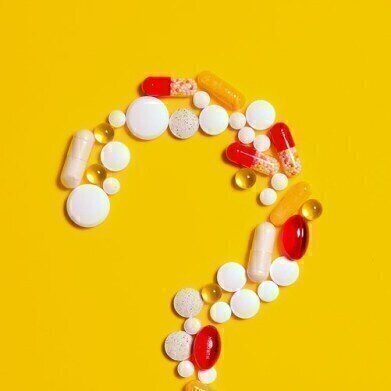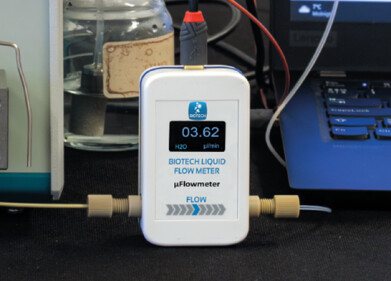HPLC, UHPLC
Measuring Food Dyes in Medicines and Vitamins with the Help of Chromatograph
Aug 25 2020
Colour additives are frequently used to enhance the appearance of food. But colour additives are also used in cosmetics and drugs. Some colour additives have been associated with behavioural problems in children and adolescents meaning their use is strictly controlled in food. But what about medicines and vitamins that are manufactured for children?
A recent report - Certified food dyes in over the counter medicines and supplements marketed for children and pregnant women - in the journal Food and Chemical Toxicology has examined the amount of colour additives used in medicines and vitamins marketed for children. The information is important if we are to have a complete view of all the dietary intake of these dyes. And chromatography was able to separate out the dye from the medicine.
Colour additives – making the world prettier
A colour additive is defined as any dye, pigment or substance that can impart colour to a food, drug or cosmetic. They play an important role in many products in helping to make products more appealing and attractive. But they can also play an informative role. A strawberry sweet must be pink or red – it would be weird if it were blue. In the US, it is the role of the FDA to control the use colour additives and to make sure they are used safely.
Historically, many different foods, drugs and cosmetics were available that had been artificially coloured. But unfortunately, not all artificial colourings are safe to use. Since the 1970s, several studies have demonstrated a link between behavioural concerns like attention deficit hyperactivity disorder and the intake in synthetic food dyes. To get a complete picture of a child’s dye intake, all foods, drink, and medicines must be considered.
What is in the red medicine?
The researchers behind the study referenced above decided to assess the amount of colour additives in over the counter medicines and vitamins that are manufactured for children. They report that they could identify only one such previous study that was carried out in Slovakia. The team used high performance liquid chromatography to analyse the dyes in vitamins, pain relivers, allergy tablets and gummy vitamins. The use of chromatography to analyse food samples is discussed in the article, Selective and Robust UHPLC-MS/MS Assay for the Determination of Acrylamide Levels in Food Samples.
The research team, from the University of California, analysed sample for five dyes Red No. 40, Yellow No. 5, Yellow No. 6, Blue No. 1, and Blue No. 2 used in commonly available medicines and vitamins. They report that generally, vitamins and tablets are not significant sources of dyes when taken correctly. But they identified syrup-based products as containing significant levels of Red No. 40. They suggest that the report could be helpful in better understanding the variability in commercially available products and help to gain a better insight into dye exposure in children.
Digital Edition
Chromatography Today - Buyers' Guide 2022
October 2023
In This Edition Modern & Practical Applications - Accelerating ADC Development with Mass Spectrometry - Implementing High-Resolution Ion Mobility into Peptide Mapping Workflows Chromatogr...
View all digital editions
Events
ACS National Meeting - Fall 2024
Aug 18 2024 Denver, CO, USA
Sep 04 2024 Chiba, Tokyo, Japan
Sep 04 2024 University of Warwick, Coventry, UK
Sep 10 2024 Rockville, MD, USA
Plastics Recycling World Expo Europe
Sep 11 2024 Brussels, Belgium














